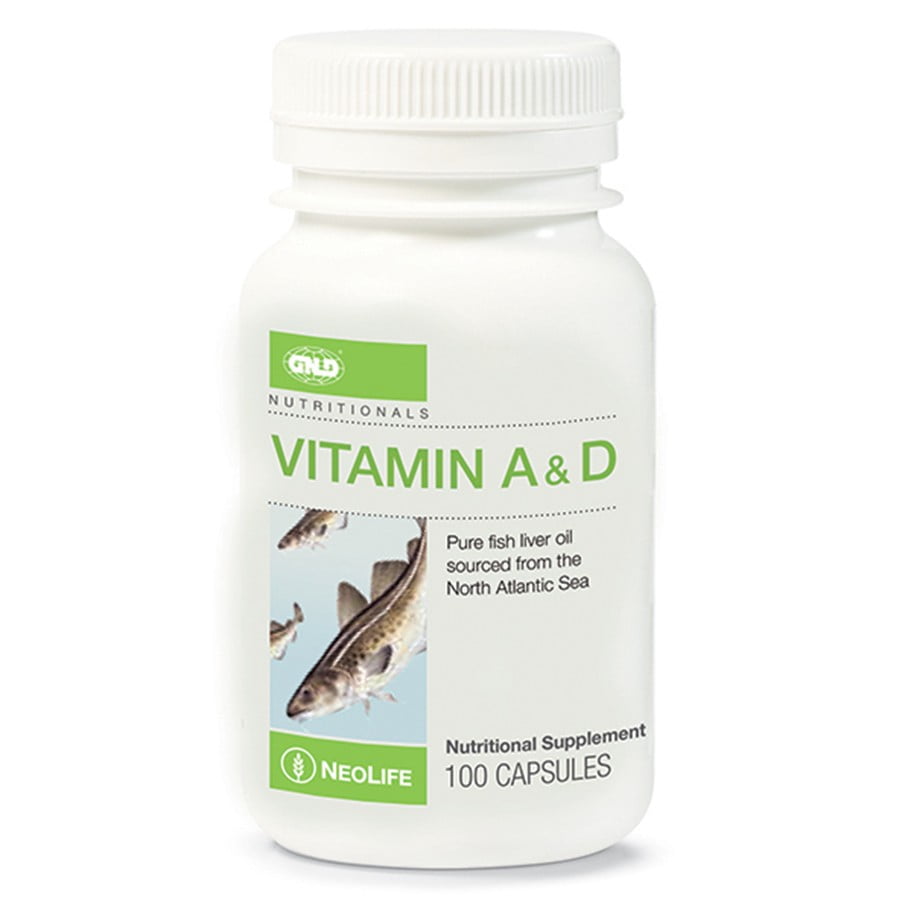Vitamin D is essential for good health and prevention for diseases. It also contributes to the normal function of the immune system. Vitamin D is produced in the body when ultraviolet B (UVB) rays from sunlight hit the skin. You also get vitamin D directly from foods, but it is generally difficult to obtain adequate levels from foods alone.

Vitamin D (also referred to as “calciferol”) is a fat-soluble vitamin that is naturally present in a few foods, added to others, and available as a dietary supplement. It is also produced endogenously when ultraviolet (UV) rays from sunlight strike the skin and trigger vitamin D synthesis.
Vitamin D obtained from sun exposure, foods, and supplements is biologically inert and must undergo two hydroxylations in the body for activation. The first hydroxylation, which occurs in the liver, converts vitamin D to 25-hydroxyvitamin D [25(OH)D], also known as “calcidiol.” The second hydroxylation occurs primarily in the kidney and forms the physiologically active 1,25-dihydroxyvitamin D [1,25(OH)2D], also known as “calcitriol”.
Vitamin D promotes calcium absorption in the gut and maintains adequate serum calcium and phosphate concentrations to enable normal bone mineralization and to prevent hypocalcemic tetany (involuntary contraction of muscles, leading to cramps and spasms). It is also needed for bone growth and bone remodeling by osteoblasts and osteoclasts. Without sufficient vitamin D, bones can become thin, brittle, or misshapen. Vitamin D sufficiency prevents rickets in children and osteomalacia in adults. Together with calcium, vitamin D also helps protect older adults from osteoporosis.
Vitamin D and Health
The role of vitamin D in disease prevention is a popular area of research, but clear answers about the benefit of taking amounts beyond the Recommended Dietary Allowance (RDA) are not conclusive. Although observational studies see a strong connection with lower rates of certain diseases in populations that live in sunnier climates or have higher serum levels of vitamin D, clinical trials that give people vitamin D supplements to affect a particular disease are still inconclusive. This may be due to different study designs, differences in the absorption rates of vitamin D in different populations, and different dosages given to participants.
Recent Studies Shows That Close to 80% of COVID-19 Patients Were Vitamin D Deficient
Recent researchTrusted Source discovered a correlation between vitamin D deficiency and a higher risk of COVID-19. Now, another new study has found the same — noting that more than 80 percent of people with COVID-19 didn’t have adequate levels of the “sunshine vitamin” in their blood.
As part of the new study in the Journal of Clinical Endocrinology & Metabolism, researchers looked at 216 COVID-19 patients in a hospital in Spain. The scientists matched the patients to controls from another dataset.
Of all the patients, 82.2 percent were deficient in vitamin D.
In the research, men had lower vitamin D levels compared to women.
People who had COVID-19 and lower vitamin D levels also had higher inflammatory markers such as ferritin and D-dimer. Those have been linkedTrusted Source to poor COVID-19 outcomes.
People with vitamin D deficiency had a higher prevalence of hypertension and cardiovascular disease. They also had longer hospital stays for COVID-19, the study showed.
Comorbidities such as hypertension, diabetes, and obesity are associated with low vitamin D status, said Dr. Hans Konrad Biesalski, a professor at the University of Hohenheim who has evaluated vitamin D and COVID-19.
Food Sources for Vitamin D
Few foods are naturally rich in vitamin D3. The best sources are the flesh of fatty fish and fish liver oils. Smaller amounts are found in egg yolks, cheese, and beef liver. Certain mushrooms contain some vitamin D2; in addition some commercially sold mushrooms contain higher amounts of D2 due to intentionally being exposed to high amounts of ultraviolet light. Many foods and supplements are fortified with vitamin D like dairy products and cereals.
- Cod liver oil
- Salmon
- Swordfish
- Tuna fish
- Orange juice fortified with vitamin D
- Dairy and plant milks fortified with vitamin D
- Sardines
- Beef liver
- Egg yolk
- Fortified cereals
Is There a Difference Between Vitamin D3 and Vitamin D2 Supplements?
Recommended Intakes
Intake recommendations for vitamin D and other nutrients are provided in the Dietary Reference Intakes (DRIs) developed by expert committees of NASEM [1]. DRI is the general term for a set of reference values used for planning and assessing nutrient intakes of healthy people. These values, which vary by age and sex, include:
- Recommended Dietary Allowance (RDA): Average daily level of intake sufficient to meet the nutrient requirements of nearly all (97%–98%) healthy individuals; often used to plan nutritionally adequate diets for individuals.
- Adequate Intake (AI): Intake at this level is assumed to ensure nutritional adequacy; established when evidence is insufficient to develop an RDA.
- Estimated Average Requirement (EAR): Average daily level of intake estimated to meet the requirements of 50% of healthy individuals; usually used to assess the nutrient intakes of groups of people and to plan nutritionally adequate diets for them; can also be used to assess the nutrient intakes of individuals.
- Tolerable Upper Intake Level (UL): Maximum daily intake unlikely to cause adverse health effects.

